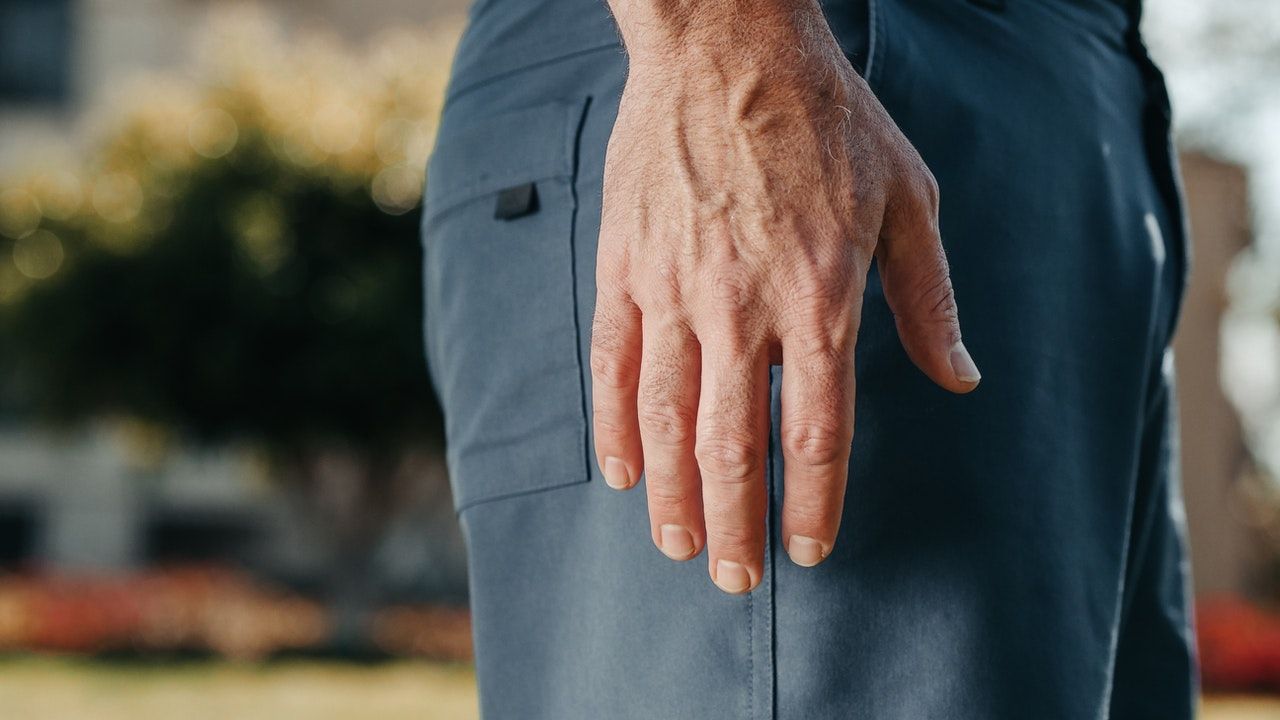OSCE Guides

Blood Cultures Paid Members Public
Taking a blood culture involves taking blood in an aseptic technique for the purposes of checking for bacteria of fungi in the patient's blood (septicaemia) . This is often an important aspect of doing a septic screen on a patient that is pyrexial. The procedure shown below is only

Arterial Blood Gas (ABG) Paid Members Public
An Arterial Blood Gas (ABG) is a blood sample taken from an artery, usually from the radial artery. An ABG sample will often be processed quickly and give a clinician an idea of the oxygen, carbon dioxide and pH levels in the blood. This is often very important in the

Shoulder Examination Paid Members Public
The shoulder examination follows the ‘look, feel, move’ rule of joint exams. Compared to other joint exams, the shoulder examination is often chosen as an OSCE station and you should prepare for it accordingly. The joint is susceptible to injury due to its high mobility and instability. In the real

Upper Limb Examination Paid Members Public
The upper limb neurological examination is part of the neurological exam that focuses on the motor and sensory neurons that innervate the upper limbs. It is useful in identifying pathology that affects the upper limbs. The key components of this examination are; tone, power, reflexes, sensation and function. The ability

Lower Limb Examination Paid Members Public
The lower limb neurological examination is part of the neurological exam that focuses on the motor and sensory neurons that innervate the lower limbs. It is useful in identifying pathology that effects the lower limbs. The key components of this examination are; tone, power, reflexes, sensation and function. The ability

Thyroid Examination Paid Members Public
The thyroid gland examination or thyroid status examination involves both a peripheral examination of the patient as well as the examination of their thyroid gland. It is important to know signs and symptoms of hypothyroid and hyperthyroid disease. The ability to assess these in a systematic and slick manner is

Respiratory Examination Paid Members Public
The respiratory examination involves an assessment of how a patient's lungs are functioning. Like most examination, it is a systemic examination that looks for signs of respiratory compromise such as breathlessness, chest pain, haemoptysis or wheeze. It is one of the key clinical examinations of OSCE finals. Therefore

Cranial Nerves Examination Paid Members Public
The cranial nerve examination is part of the neurological exam. It is useful in identifying pathology in the 12 pairs of cranial nerves that come from the brain. The ability to test them in a systematic and slick manner is one of the key requirements as a medical student. Although


